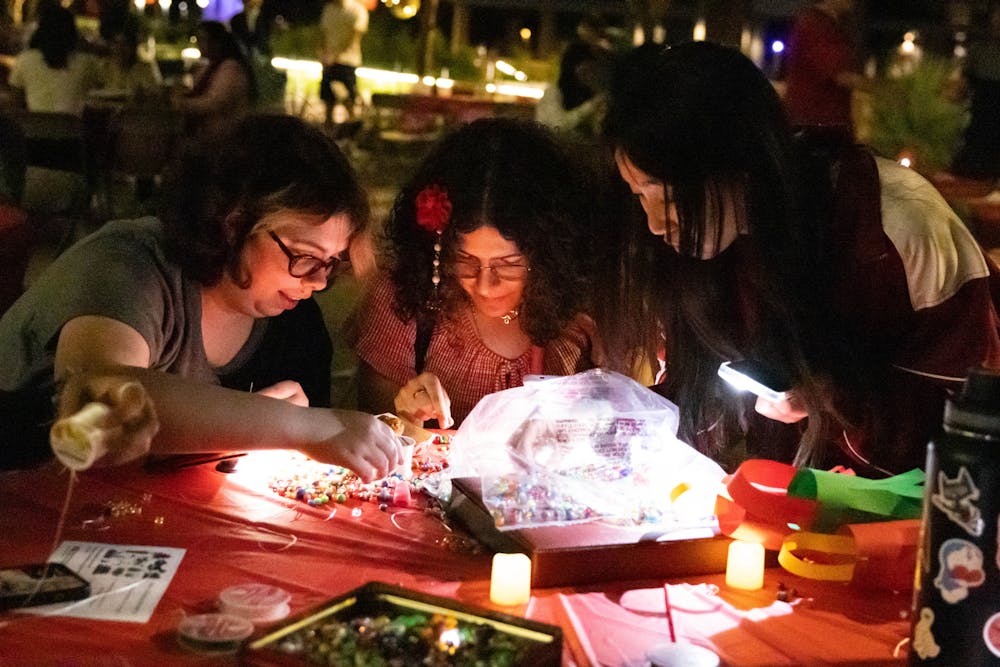For the last 10 years, on the night when the moon is at its fullest, ASU's Chinese English Language Bridge club has come together for its celebration of the Moon Festival.
The Mid-Autumn Festival, also known as the Moon or Mooncake Festival, is a Chinese lunar holiday dedicated to special reunions with families and the community.
"For us, the biggest thing is to bring the students together, for them to know that this is the Chinese festival," said Xia Zhang, a Chinese language professor and the Chinese English Language Bridge, or CELB, founder. "For them to get to know the Chinese culture."
Zhang founded CELB with one of her students around 19 years ago to entice others toward Chinese language classes and bring more celebration of Chinese culture to ASU. The celebration was small at first but grew with time as CELB established itself on campus.
"Before we did not have such a big event, we (would) usually hand out mooncakes to our students in individual classes," said Zhang. "Later on we found out that the club can also apply for funding and then we started doing (the festival)."
Now the annual Moon Festival is an outdoor occasion with activity tables, lanterns, mooncakes and other food that draws in a crowd of 200 to 300 people each year, said Zhang.
This year the event was held on the Hayden Library West Patio, which was decorated with lights and red lanterns. The area had several tables set up featuring different activities with a variety of ways to celebrate Chinese culture, such as club members teaching a game of mahjong.
"We usually play it around holidays and stuff, like a family bonding," Verina Wang, a CELB member and sophomore studying biological sciences. "The main goal is to get four groups of three and then one group of two (tiles)."
Another set of tables offered lessons in calligraphy, where students were able to sit and write Chinese characters on pieces of paper. Nearby other tables provided red paper and tools to make DIY lanterns.
Malika Lugogo, the club president of CELB and a senior studying data science, said a lot of research went into choosing the best activities and decorations to lay out. Lugogo said she chose both calligraphy and lantern crafts for their prominence in Chinese culture and history.
"Because I'm not Chinese, I feel like I really want to be able to represent people's culture in a way that they can relate to," Lugogo said.
While lantern making, calligraphy and mahjong were a part of the festival to promote Chinese culture in general, mooncakes were the element most commonly found at a traditional Moon Festival.
Typically, mooncakes are made with a simple dough and various types of centers or fillings.
The day of the Moon Festival falls on the night of the fullest moon, however the celebration lasts for several days. In China, the day is considered a public holiday where individuals often get time off work to spend with family, Zhang said.
Zhang said her favorite Moon Festival moment was with her family when she taught her son the significance and culture behind the fullest moon, despite being away from her home in China.
CELB's Moon Festival has always been about sharing Chinese culture with students who wish to learn more or are missing a piece of home.
"Even if we're here, I think Chinese people, Chinese Americans, they are still celebrating this festival," Zhang said.
Edited by Senna James, Alysa Horton, Tiya Talwar and Natalia Jarrett.
Reach the reporter at @msmill32@asu.edu.
Like The State Press on Facebook and follow @statepress on X.




